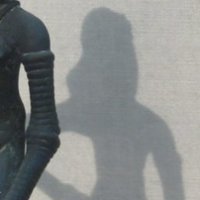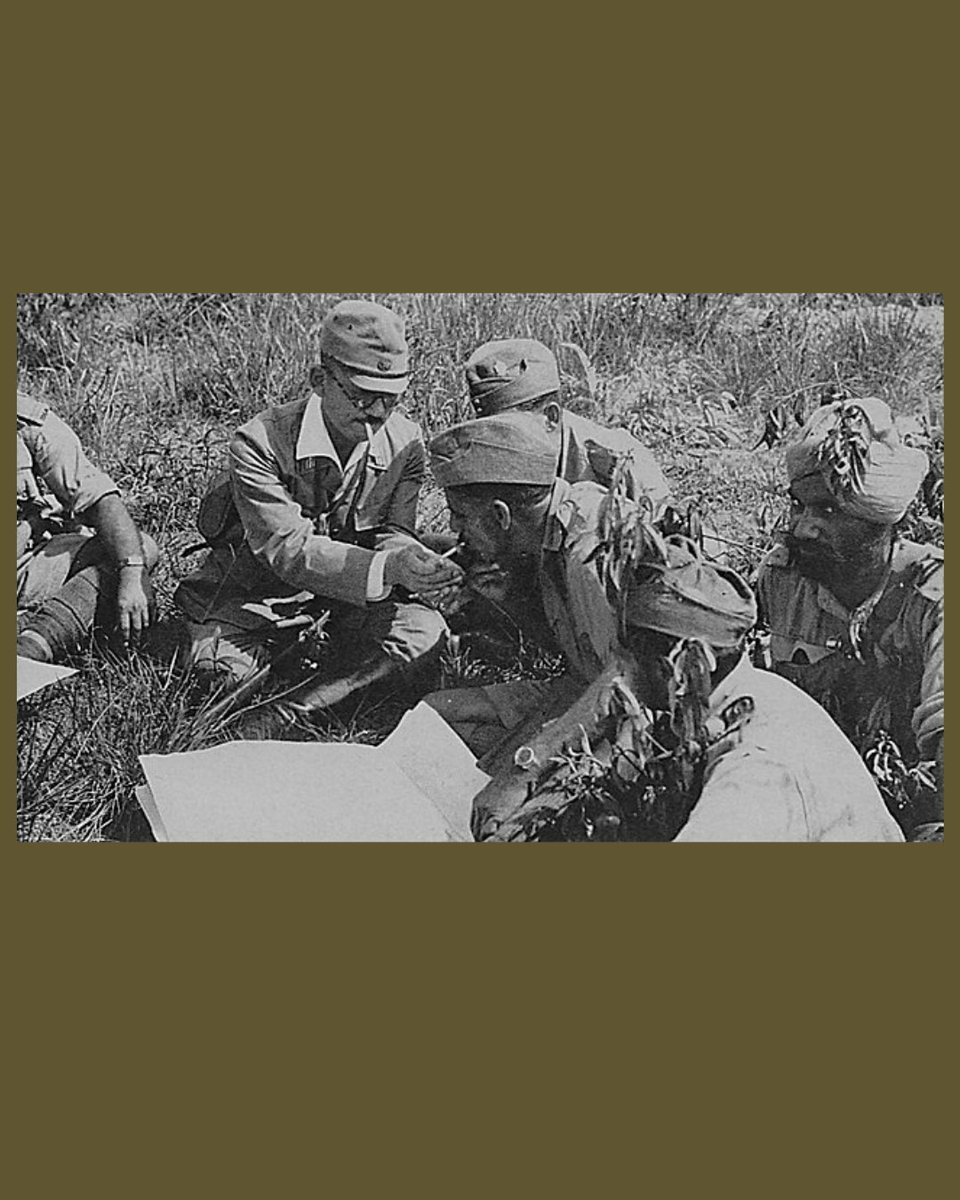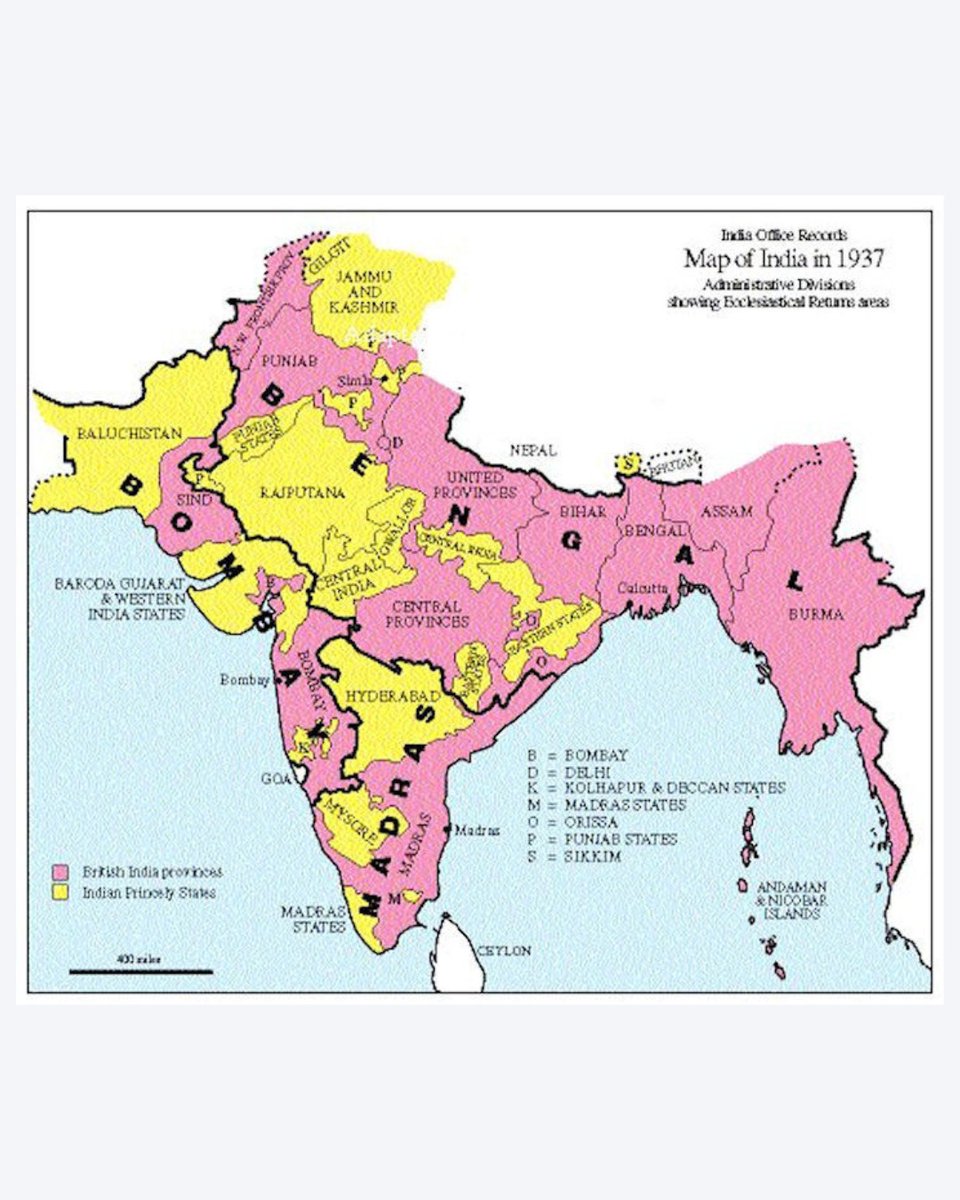
Indian History Collective
@indianhistory_c
Primary sources and work by professional historians, scholars and writers which change how we view the history of our country, our world and ourselves.
ID: 1218531773824393218
https://linktr.ee/indian_history_collective?utm_source=linktree_admin_share 18-01-2020 13:54:09
2,2K Tweet
13,13K Followers
81 Following







Read an exclusive excerpt from the book Vallabhbhai Patel: The Limitations of Anti-Colonial Nationalism and Electoral Politics by Orient BlackSwan where historian Rani Dhavan Shankardass analyses the romanticised narrative of Indian nationalism, taking Vallabhbhai Patel's














